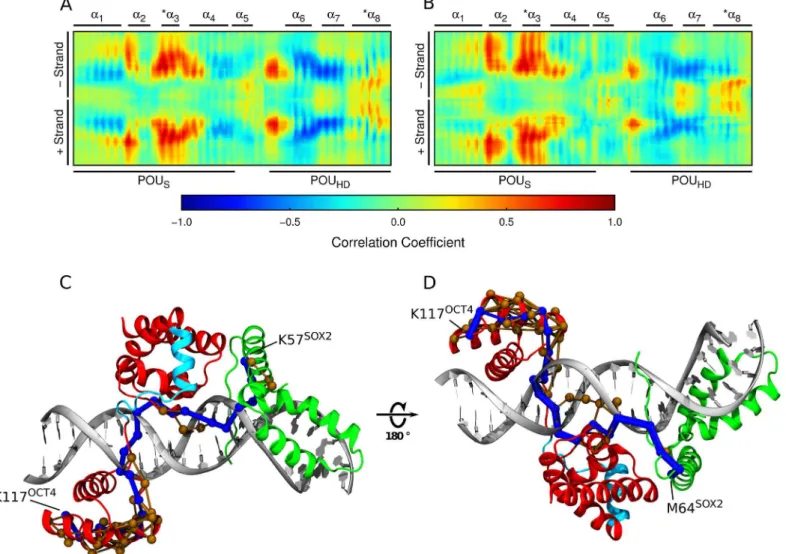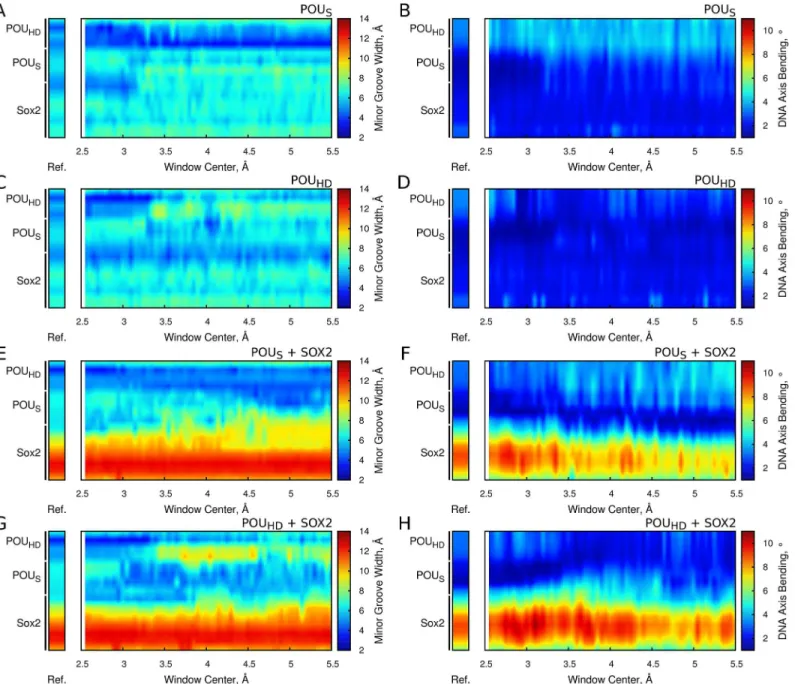Cooperative DNA Recognition Modulated by an Interplay between Protein-Protein Interactions and DNA-Mediated Allostery.
Texto
Imagem




Documentos relacionados
pneumoniae ParC, we have modeled the protein- DNA binding, DNA sequence recognition and cleavage process using a 24-mer duplex corresponding to the strong E binding site of topo IV
We present here a new type of DNA-protein complex in which the monomeric protein MC1 binds on the concave side of the strongly bent DNA. Models were obtained by two successive
In conclusion, our experimental data suggest that in the valnut extract has substances with an effect on the growth of E.coli culture, a potential action to increase
To observe effect of E2F decoy DNA on proliferation and apoptosis of androgen-independent prostate cancer cell line PC-3M the binding specificity of the E2F decoy DNA to
Performed tests have shown that application of phosphorus in form of CuP10 and AlSr10 master alloy as an inoculant gives positive results in form of refinement of primary crystals
Here we use a combination of in vitro and in vivo studies to show that maize CENPC has both DNA-binding and RNA-binding capacities, that the DNA/RNA-binding domain is localized to
was performed to corroborate the experimental results, by predicting the binding mode, relative binding energy of the complex formed between β -carboline derivatives with DNA and
With the aim of evaluating the SRAP (sequence-related amplified polymorphism) technique for linkage mapping in Pisum sativum L., a F 2 mapping population.. derived from an


